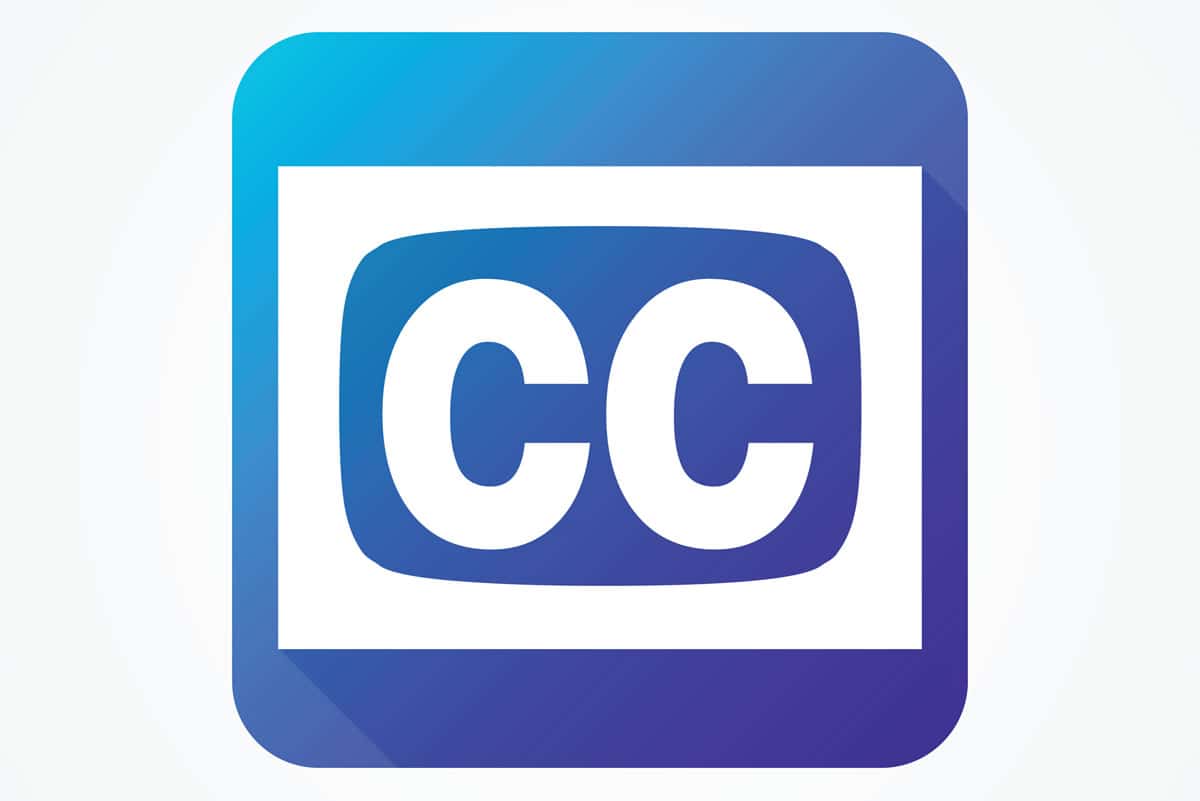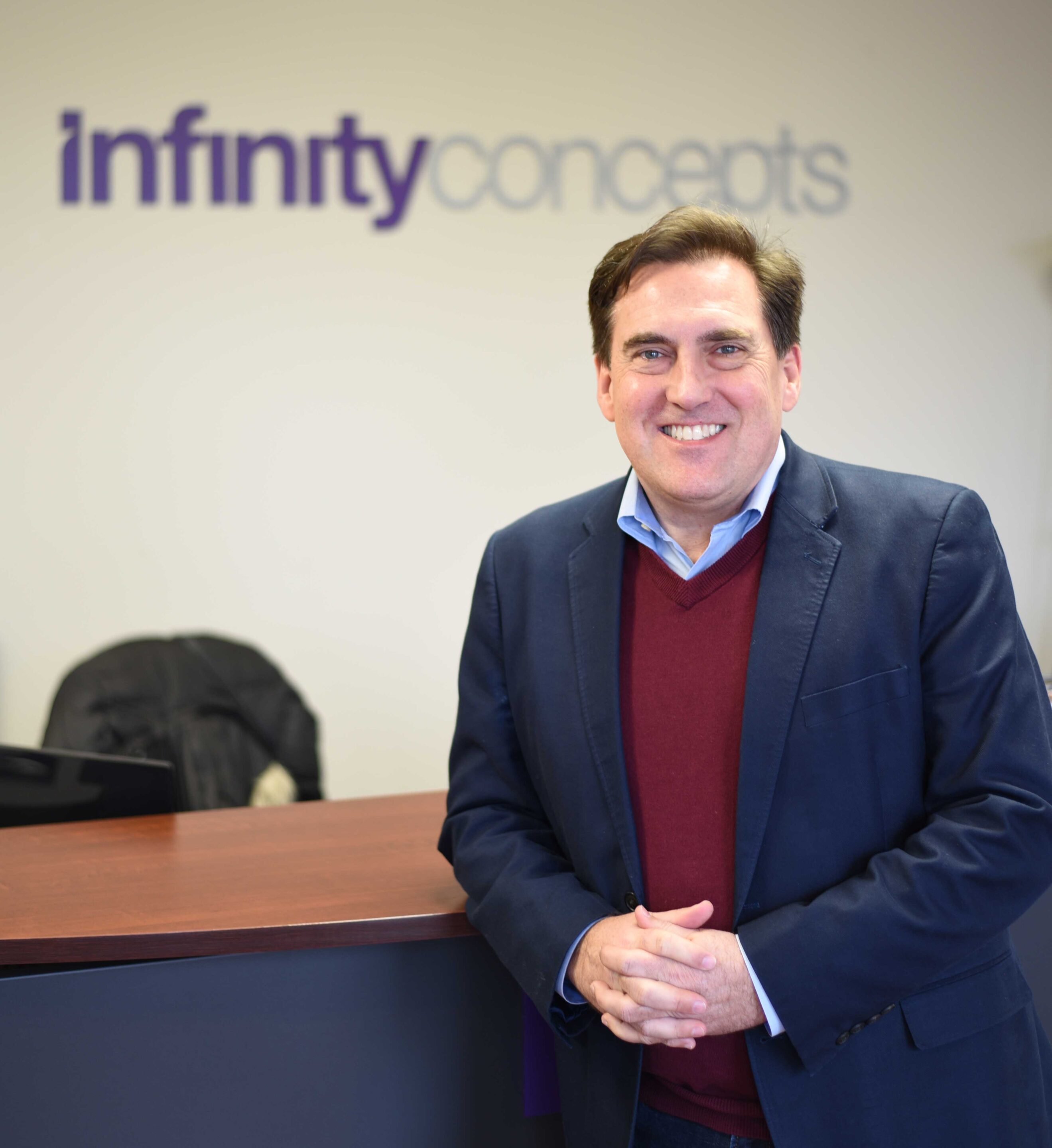Over the past few weeks, I have been in several public places that had monitors showing television programming, however the sound was either low or off due to the location. That would not be a problem if the captioning had been turned on. However, not one of them was using the closed captions!
When I inquired why there were no captions, no matter who I talked to, they didn’t seem to have access to the equipment to fix the problem (it is typically a setting controlled by the remote), nor had it ever occurred to them that they should turn on the captioning in the first place!
Closed captioning is a wonderful supplement to video viewing, but it appears to be the best-kept secret in the industry when it comes to actually using it in public. And that is a shame…
When you think of closed captioning, you immediately think of the deaf and hard of hearing. And, while there are over 50 million Americans who fit into this category, they are not the only ones who benefit from closed captioning.
- Over 50 million people in the US also belong to gyms or health spas, and the only way to fully enjoy the programming there is to have the captioning on.
- Approximately 3 million children who are currently learning to read can use the captioning to help them learn how to spell words.
- There are over 10 million people over the age of 17 for whom English is not a first language. Captioning can help them learn English.
- Over 2 million Americans over the age of 62 suffer from hearing loss but do not use hearing aids. They can use the captioning to help follow the action on their TV screens.
- Of the 1.3 million veterans who have returned home in recent years, nearly one third have suffered substantial hearing loss, and captioning can benefit them as well.
Although captioning has been around since 1972, when WGBH in Boston first used open captions on its program The French Chef, it wasn’t until 1990 that legislation began requiring television sets to include caption decoders. The National Association for the Deaf worked with Congress and the FCC to establish captioning rules, and since 2006, virtually all new television programming must be captioned. Further legislation in 2010 expanded captioning rules to videos viewed on the internet.
Captioning isn’t just for the deaf and hard of hearing. So, next time you’re in a public place and see a television monitor without the captioning turned on, make a comment to someone to see about rectifying the situation. We can all benefit from it.
By the way, I returned recently to one doctor’s office where I had previously mentioned the lack of captions, and I was pleased to see they had the captions turned on. More importantly, I noticed several people in the waiting room were enjoying the program — even though the sound was off.
If you are a program producer, let Infinity Concepts help you with all your captioning needs. Let’s talk today!
- The Resilience of Radio - November 21, 2023
- The Next Generation of Podcast Listeners - August 25, 2023
- Gen Z and Media Consumption - June 23, 2023

